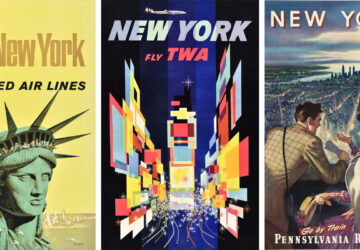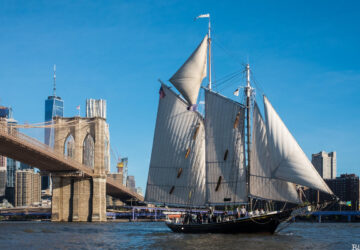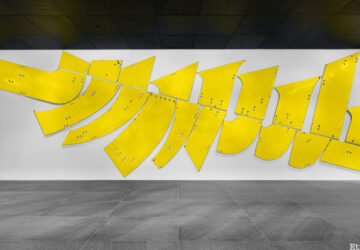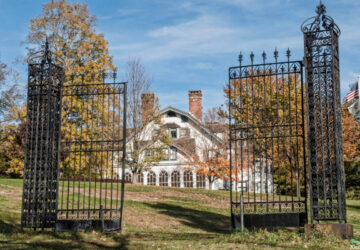On January 1st, 2017, one of the urban legends of New York City finally became reality; the Second Avenue Subway started operating. First mentioned in 1919, the Second Avenue line has been the long-awaited messiah of the Upper East Side–and the over-taxed Lexington Avenue line. However, since then plans for the line have been marred with a plethora of budget cuts, delays, inopportune occurrences (wars, Great Depression, etc.), to a point that many New Yorkers, including publications like amNew York and The New York Times in 1957 were extremely skeptical, to say the least, that the line would ever open.
But, after over eighty years and more delays and postponements than we can count, the Second Avenue Subway has become reality. We definitely recommend you go and take a look at the new stations (they’re beautiful) but in the meantime here is a list of ten secrets of the Second Avenue line.
10. The Original Plan was Proposed in 1919 to Ease Congestion and Replace The Second & Third Avenue Elevated Lines
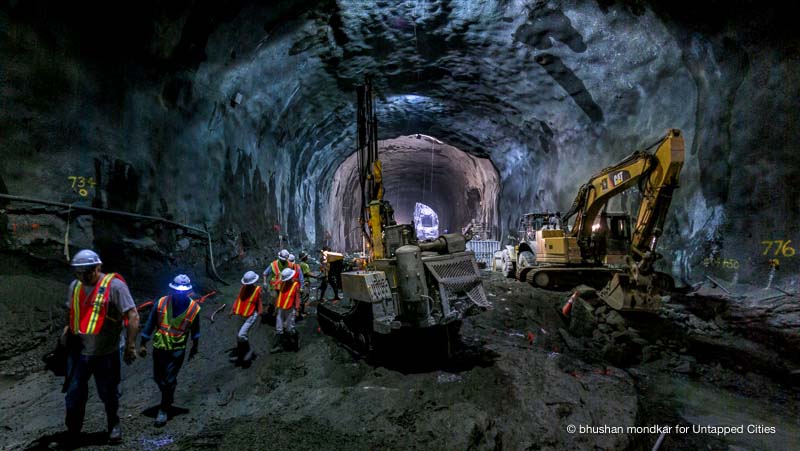
The Second Avenue subway line plan was nothing new or novel. The line was first mentioned in 1919 as part of a massive expansion of the Independent Subway System (IND). After World War I, the New York City subway experienced a surge in the number of riders, from 523 million annual riders in 1913 to 1.3 billion by 1920. The New York Public Service commission launched a study in 1919 to determine what necessary upgrades were to be made to accommodate the additional influx of riders. The study was conducted by engineer Daniel L. Turner and many of his proposals, including the Second Avenue subway line, were incorporated into plans for the new, city-owned IND.
A revised version of the plan was released by Turner in 1927, which featured a six-track Second Avenue Line that would connect to the Queens lines. The revised plan, including the Second Avenue line that would run from from Houston Street to the Harlem River was approved on September 15, 1929 with a completion date of 1938. However due to the Great Depression, the expansion costs soon made the project unaffordable. The line was shortened, and those plans were postponed numerous times too, until by 1939 the construction of the Second Avenue line was postponed indefinitely, especially after the United States entered World War II. The project ranked 14 on the Board of Transportation’s list of important transportation projects.
In 1944 Mayor LaGuardia announced that planning for the Second Avenue line had resumed, two years after the Second Avenue Elevated Line was demolished as part of the subway unification process. While an opening date of 1951 was discussed, the project was once again postponed as the Korean War commenced and inflation soared. Nevertheless the Second Avenue line was a still-talked-about topic, with new target dates set for 1957 or 1958.
Yet, as the years rolled by New York City’s financial issues, along with the more immediate problems of the existing lines caused the Second Avenue line to be pushed aside once more. The need for the Second Avenue line became more imperative in the Sixties though, as a building boom in Manhattan was underway, with much of it on the east side. Moreover, the demolition of the Third Avenue elevated line, which was supposed to be replaced by the Second Avenue line, was a stark reminder of the need for the new line.
The MTA was founded in 1965, one year after the Urban Mass Transit Act required Federal funding be made for transit projects. The MTA received $1 billion for urban transit projects in 1967, with $600 million going to the city. Invigorated with the new fund, a new Second Avenue Subway plan was proposed that would consist of one two-track line running from 34th Street to the Bronx, with a second phase running down to Water Street.
In fact, in Mad Men season 6, episode 5, titled “The Flood”, Peggy (Elisabeth Moss) voiced her concern over the value of her apartment at 84th and York, claiming that it to be too far east. To this, her realtor Ginny Hunt (Lennon Parham) responds, “When they finish the Second Avenue subway, this apartment will quadruple in value.” The episode takes place in 1968!
The first groundbreaking was done in 1972 at East 103rd Street and Second Avenue, with two subsequent groundbreaking in later years. Unfortunately, the city ran into financial woes once more, and construction stopped in 1975, with three short tunnels remaining as the remnants of the construction.
That was the end of the line for the Second Avenue Line, until the 1990s when the MTA began the Manhattan East Side Alternatives Study (MESA) with the goal of recommending a course of action to alleviate congestion and delays on the 4, 5, and 6 lines and improve mass transit accessibility for residents on the far East Side of Manhattan. In August, 1999 the MESA proposed a Second Avenue Subway line running from 96th Street to 63rd St./Lexington Ave.. Engineering design work was done between 2004 and 2006, after all approvals were made, and groundbreaking was done once on April 13th, 2007.
